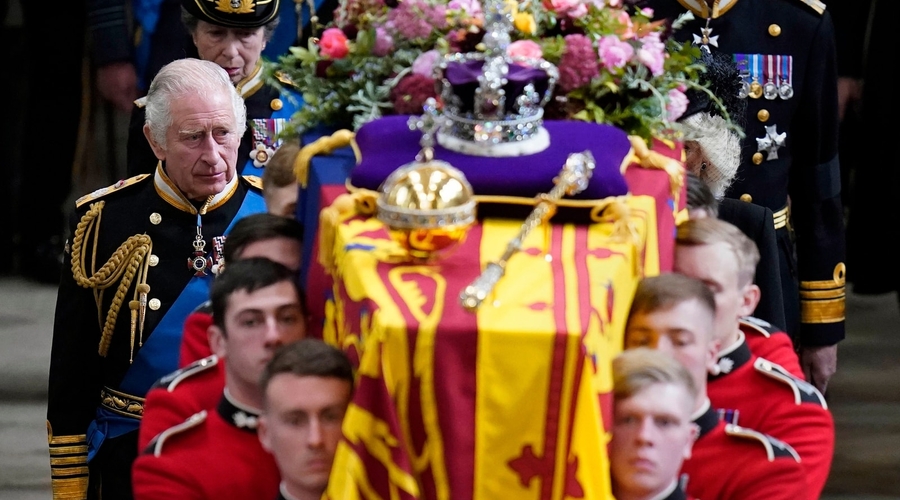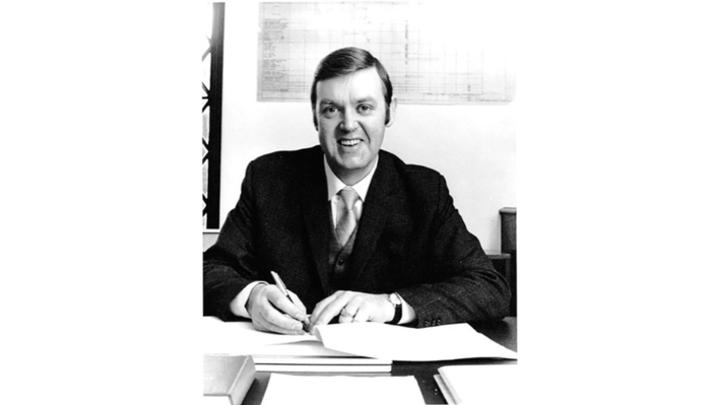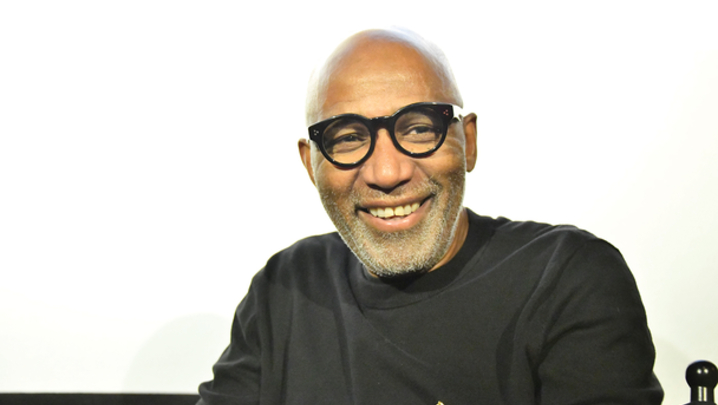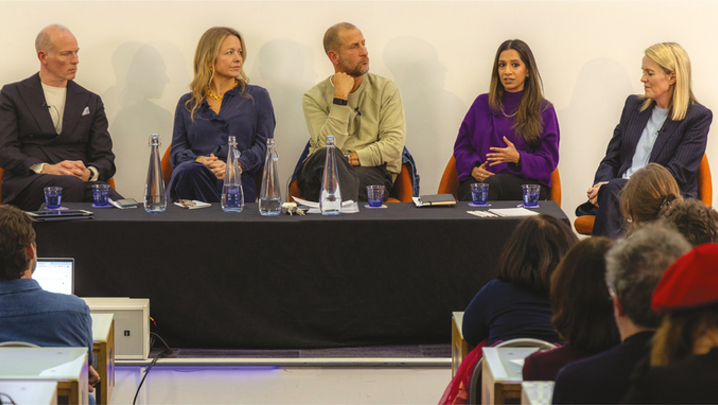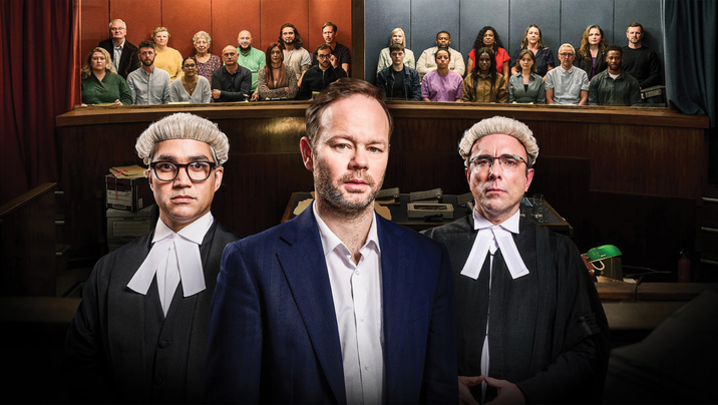British broadcasters were praised for their coverage of Queen Elizabeth II’s death and its aftermath. The RTS discovers how it was done
We all know that broadcasters had spent decades preparing for the death of Queen Elizabeth II, whose 70-year reign ended last autumn at the age of 96. Yet, as anyone who’s ever worked in a newsroom knows, even the best-laid plans can come unstuck.
This was the case last September when heavy rain disrupted live aerial TV coverage of the cortege containing the monarch’s coffin, which had been flown from Edinburgh to London.
It was evening when the procession made its progress from RAF Northolt to Buckingham Palace, watched by tearful, cheering crowds. “Due to bad weather, our helicopter couldn’t fly,” recalled the BBC’s Jon Whitney, deployment editor for UK newsgathering. This left TV networks without any aerial pictures. “We had two hours to solve a problem that, normally, we’d have two days to fix.”
By the BBC pooling its resources with ITV News and Sky, a solution was found. Extra cameras were hastily positioned along the route as film crews from ordinarily competing organisations set up on hotel balconies and receptions to create a seamless live feed. “We came together to make it work,” said Whitney. “It was a responsible time for everybody.”
‘I often could not sleep… I considered everything that could go wrong’
Whitney was one of four panellists speaking at an RTS event, “Operation Lion: Broadcasting a once in a nation’s lifetime event”. Chaired by presenter Anila Dhami, it provided a fascinating insight into the organisation of the TV coverage of the Queen’s death and its aftermath.
There were stories of ingenuity, stress and long hours as, by common consent, British broadcasters, especially the BBC, rose to the occasion. Kiko Itasaka, the producer at NBC’s London office in charge of royal coverage, said: “Thanks to the brilliant coverage of all the UK broadcasters, the world, including your international partners at ZDF or CBC, all benefited.… That’s what enabled us to tell the story to the US. Those are images that went around the world to millions and millions of people.”
Tami Hoffman, head of head of news and archive, ITN Productions, noted that, “It was incredibly collegiate – and not just between broadcasters, but within our own newsrooms, as well. We realised that the way we’d serve our own purposes best was by pulling together.” More than 26 million watched the funeral in the UK, according to Barb figures, with millions more tuning in overseas.
Just after noon on 8 September, when it emerged that members of the Royal Family had started to gather at Balmoral, where the Queen was said to be “under medical supervision” but “comfortable”, ITN began the first stage of its reporting.
‘Reassuring your team is important: “You’re going to be fine, just stick with the plan”’
“We got people on planes up to Scotland and reached out to our satellite-truck providers,” said Hoffman. “From an operational perspective, the worst that could have happened was that we could have chucked a bit of money at it and been wrong. That was a much better thing to do than to sit, twiddling out thumbs and thinking, ‘Should we press go?’”
Itasaka remembered thinking, “This is it – because, the day before, the Queen had missed a virtual Privy Council meeting, which she tended to attend even when she was unwell. Without even thinking about it, I put on a black dress to go to work.”
In the event, the Queen’s death was announced later that day, at 6:30pm, to a stunned country whose monarch had survived 15 prime ministers but was no more. It was the end of an era. A period of national mourning was about to start but news broadcasters needed to get on with the job.
For the panellists, the news and the fallout from it would dominate their every waking moment for the next 10 to 12 days. “I don’t think I got any sleep for two weeks,” said Tim Forrest, a content editor at ITV News, who had spent the previous three years preparing for the Queen’s death, much of it holed up in his loft during lockdown.
Itasaka admitted that the monarch’s presence at Balmoral, rather than London or Windsor, caused her some anxiety over logistics. “I’d spent loads of time on the Scotland plan,” countered Forrest. Similarly, the Scottish location was not a problem for the BBC. “Our colleagues in Scotland were excellent. They all had a plan,” said Whitney.
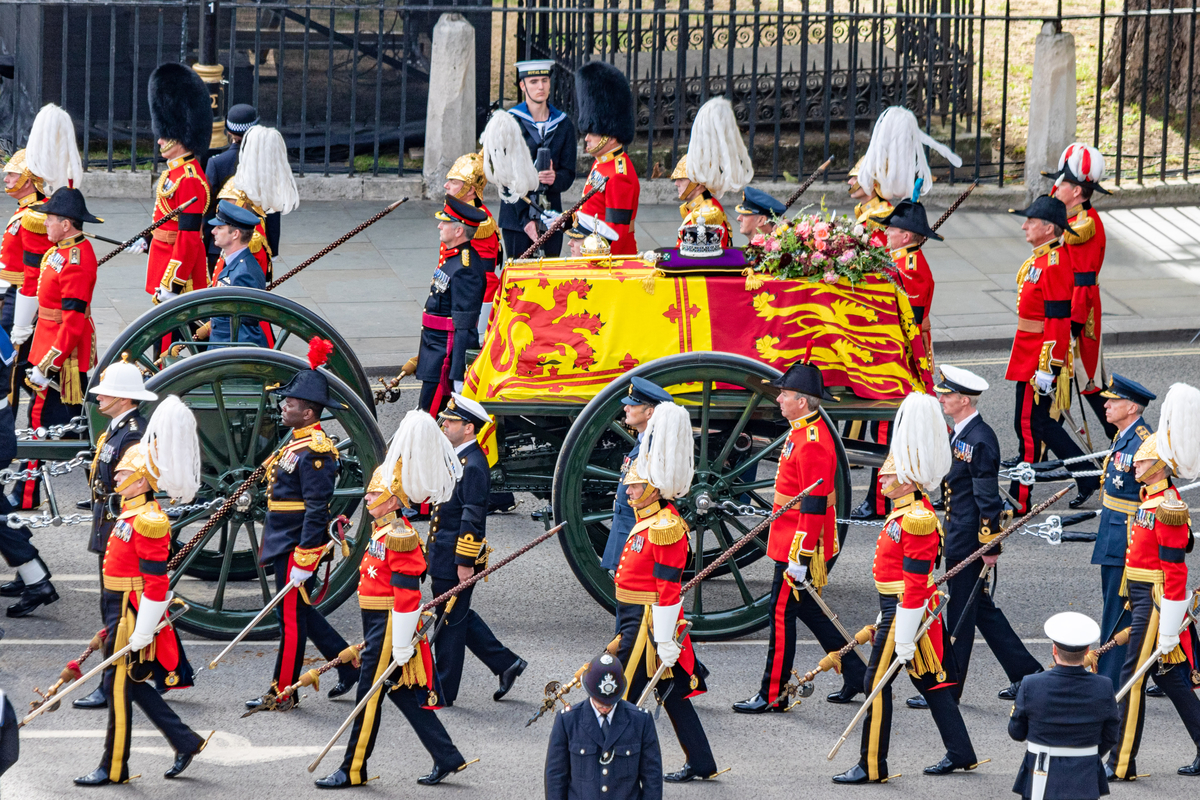
The panel agreed that it had been important to reassure colleagues. “When you get a big story like this, people can be a bit rabbit in the headlights,” said Hoffman. “Reassuring your team is important: ‘You’re going to be fine, just stick with the plan.’
Whitney added: “It was important to stay calm so that other people in the office stayed calm. On the whole, people were calm. There were a lot of stories that were more stressful [to cover] than this one. People had clear instructions about what they were doing. BBC Scotland was the major focus when the story happened.”
Itasaka revealed that for the previous three years she had been reluctant to take holidays in case the Queen died while she was away. When she did take a break, the NBC producer always carried hard copies of the funeral plan in her hand luggage.
“It was important that everyone got all the briefing material we’d prepared.
“A lot of American reporters had familiarity with the British Royal Family, maybe it was from the TV series The Crown.… We spent a lot of time ensuring that the right information was distributed to the right people. It had to be short enough that they could read it on the plane.”
What was the mood like in TV newsrooms when the monarch’s death was announced? “The office was really quiet, no shouting or screaming.… There was so much about to happen,” said Whitney.
“Our office was similarly quiet,” remembered Itasaka. “Even though we had had hours to prepare, I was shocked. ‘Oh, do I want to cry? Oh, I don’t have time to cry.’”
She emphasised: “In London, we felt an extraordinary amount of responsibility to ensure that our American colleagues got everything right. They weren’t steeped in the history.”
‘It was one of the most collegiate things I have ever done’
Said Hoffman: “I wouldn’t underestimate the fact that we really did have a few hours to get our own heads together on it. It wasn’t a JFK moment. We had a few hours to absorb it. When the news was announced there was a strange sense of calm. The newsroom went quiet as everybody watched the screens.”
This didn’t last for long, as reporters, producers and their crews were deployed. To help with logistics, WhatsApp groups were set up to enable broadcasters to communicate with one another as resources were pooled. This avoided a situation where people such as Tim Forrest could find themselves overwhelmed by phone messages. He explained that, “during the coverage of Prince Philip’s death, I couldn’t read my phone because there were so many messages”.
What, then, were the panellists’ reflections on being involved in organising the coverage of such a seminal event, asked Dhami. “I’d always dreaded it,” confessed Hoffman, “It was a genuine sleepless nights thing. Often, I couldn’t sleep, or I would wake up, because I was worrying about it.
“It was a heavy burden to shoulder, certainly in the months leading up to it. I always considered everything that could go wrong.
“I never thought [that] I could bring all that I’d learnt in my career – the relationships, the knowledge I’d built up – to bear in a two-week period. I came away from it feeling proud of myself and my team. It was one of the most collegiate things I’d ever done, both with my colleagues internally and with other broadcasters.
“I was privileged to be in the gallery on the day of the funeral watching those beautiful pictures.”
Itasaka confessed that she, too, had experienced many sleepless nights, fretting over the challenge of covering the Queen’s death. “I remember relief when I realised that everything was working and that our 17 locations were up and running,” she added. “It was the largest international event we’d ever done.”
Report by Steve Clarke. ‘Operation Lion: Broadcasting a once in a nation’s lifetime event’ was a joint RTS London and RTS Technology event held on 23 February at London’s Regent Street Cinema. The producer was Kim Rowell, managing editor, news production, ITN.

